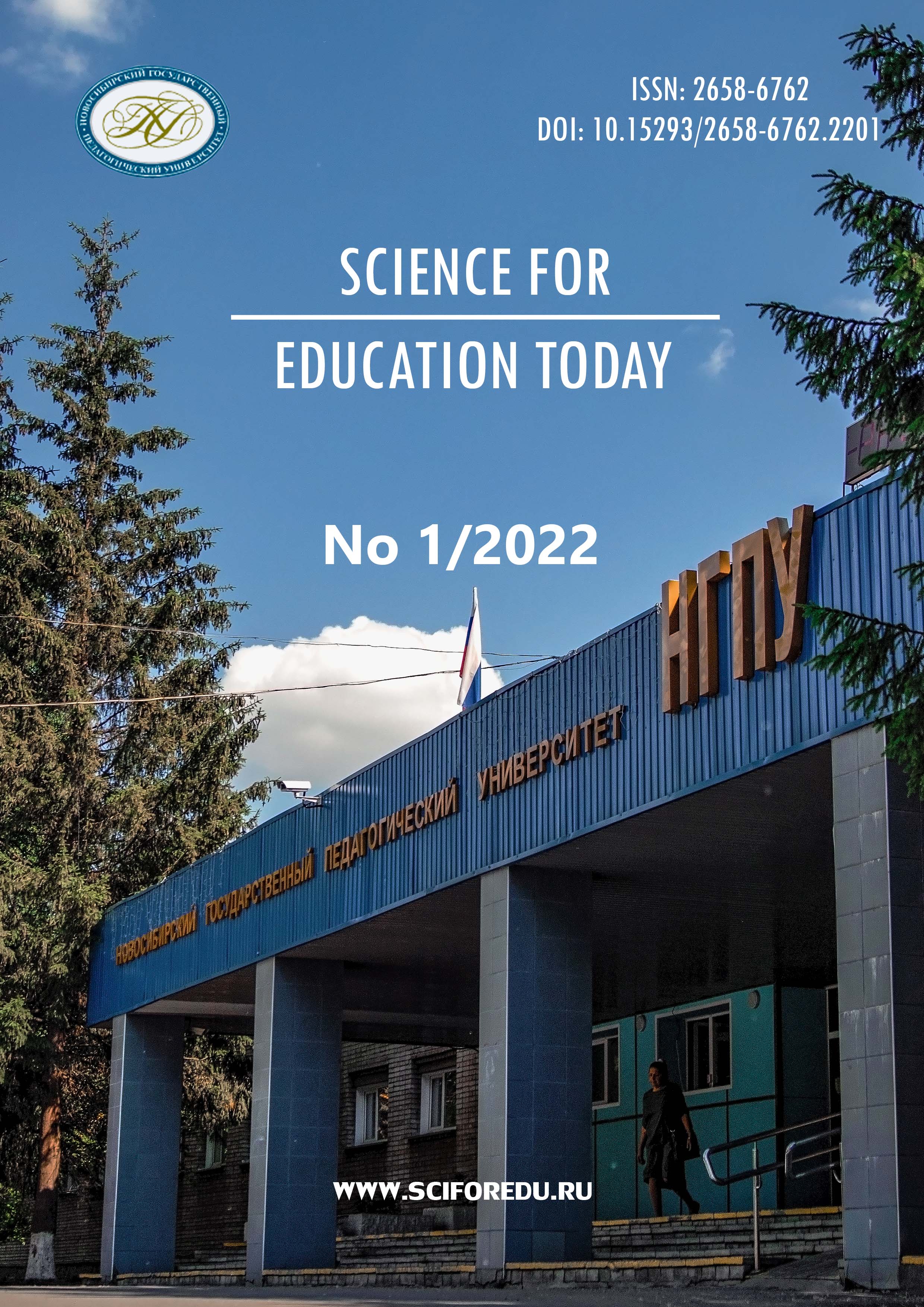Психометрический анализ результатов применения в Российской Федерации единой методики социально-психологического тестирования несовершеннолетних
A unified methodology for psycho-social assessment of minors: A psychometric analysis of the results
Author(s): Aleksandr Vasilevich Smirnov, Irina Aleksandrovna Simonova, Ivan Aleksandrovich Popp, Lyudmila Aleksandrovna Maksimova Subject(s): School education, Psychology of Self, Sociology of Education
Published by: Новосибирский государственный педагогический университет
Keywords: Risky behavior of schoolchildren and students; Unified methodology of socio-psychological assessment; Risk factors; Protection factors; Early diagnosis;
Summary/Abstract: Introduction. The relevance of this study is determined, on the one hand, by the need for prevention and early identification of deviant behaviors among minors against the background of the growth of epidemiology and forms of addictive behaviors among other forms of risk behaviors of schoolchildren and students, on the other hand, by the lack of appropriate diagnostic tools that have been validated by the appropriate psychometric procedures. Currently, in the Russian Federation, a unified method of socio-psychological assessment of minors (hereinafter ‘UM-SPT’) is being massively implemented. It is aimed at identifying the latent and obvious risks within socio-psychological conditions that determine psychological readiness for addictive behaviors in adolescents and young people. The aim of this study was to conduct an empirical analysis of the psychometric indicators within "UM-SPT" (e.g. reliability, validity, discriminativeness) in order to reveal the limitations of the methodology and its application in the regions. Materials and Methods. The data were processed using parametric and nonparametric criteria for communication, differences, consistency (Pearson, Student, Kolmogorov-Smirnov, Mann-Whitney, Fisher, Cronbach, and Spearman). Various types of statistical data analysis (correlation, regression, variance, factor) were used. Statistical data processing was carried out both manually and using the Statistica software package. The research was conducted in different regions of the Russian Federation. The sample consisted of 5100 people. Results. The authors found that all three forms of the technique have high indicators of synchronicity, internal consistency, and stability of the results. On the other hand, the study revealed factors of result distortion associated with the age, gender and region of residence of the subjects. An analysis of descriptive statistics showed a fairly high percentage of monotonous and stereotyped responses. When comparing the results of factor analysis with the content of the basic components of an addictive personality (‘self-control of behavior’, ‘attitude to norms’, ‘focus’, ‘conflict’, ‘strategies for overcoming cultural pressure’, ‘emotional sphere’, ‘a conflict with the social environment’), a meaningful coincidence of the factor structure with the content of these components was found. A disproportionate ratio of risk and protection factors in all three forms of the technique introduces significant distortions in the diagnostic results. Conclusions. The authors revealed and described the limitations of the methodology and risk areas of its application in the regions. The main indicators of reliability, validity, discriminativeness were identified on representative samples. Recommendations for improving the inventory were proposed.
Journal: Science for Education Today
- Issue Year: 12/2022
- Issue No: 1
- Page Range: 7-28
- Page Count: 22
- Language: Russian

